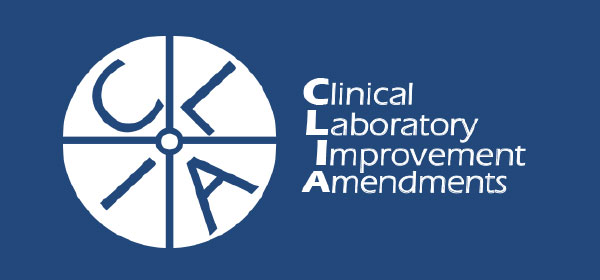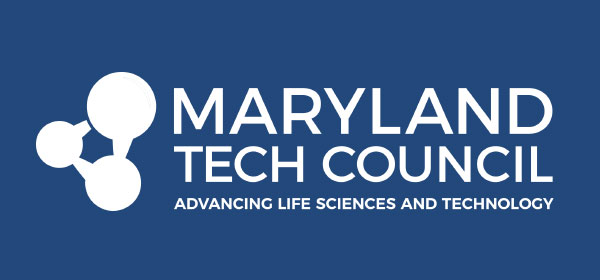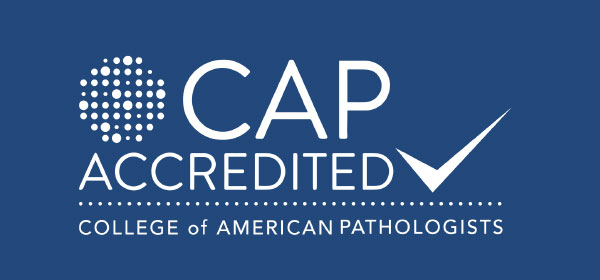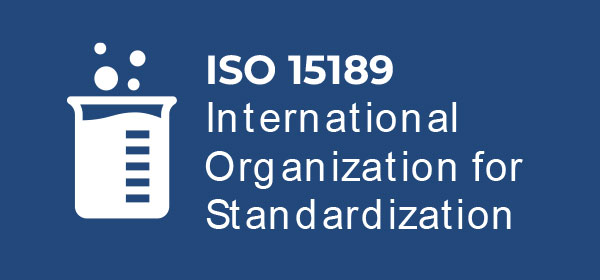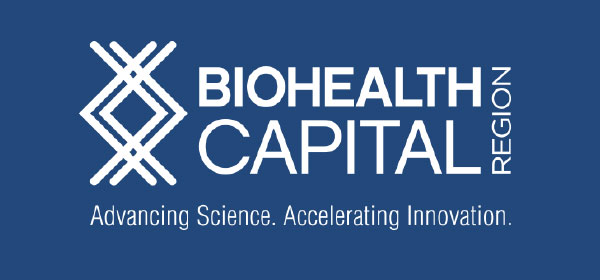To the Editor:
We read with great interest the European Respiratory Society (ERS) guidelines for pulmonary alveolar proteinosis (PAP) by MCCARTHY et al. [1], which were recently published in the European Respiratory Journal. The task force’s recommendations addressed many important questions on the role and hierarchical steps in diagnostic testing and treatment of patients with suspected and diagnosed PAP. We would like to commend the authors on this collaborative and important work, while highlighting some of the challenges that remain in the management of this rare and often life-threatening syndrome.
Given the rarity of PAP and the overlap of nonspecific and indolent symptoms with other pulmonary diseases, most patients with PAP go undiagnosed and untreated, with an average time between onset and diagnosis of 18 months [2]. This delay in reaching a diagnosis highlights the importance of providing a stepwise approach to the evaluation of patients with suspected PAP. We strongly agree that lung biopsy should be avoided wherever possible, and other testing modalities should be pursued first, such as granulocyte–macrophage colony-stimulating factor (GM-CSF) autoantibody testing and bronchoalveolar lavage with cytology. Autoimmune PAP accounts for over 90% of cases of PAP, and GM-CSF autoantibody testing, performed via a simple blood test, is a highly sensitive and specific test to make the diagnosis of autoimmune PAP [3]. However, inaccessibility to GM-CSF autoantibody testing is a hurdle for many centres around the world. Recently, commercially available and free testing for GM-CSF autoantibody levels (Trillium laboratories) has become available in the USA, allowing healthcare providers improved access to this test [4]. Similar efforts to make this test available in other countries should be undertaken.
Several other areas of uncertainty around inhaled GM-CSF therapy for autoimmune PAP remain. First, the timing of when to start inhaled GM-CSF therapy in relation to whole lung lavage (WLL) is unclear. A recent study by CAMPO et al. [5] showed a potential benefit of initiating GM-CSF after WLL, reducing time to clinical worsening and need for repeat WLL. Second, the optimal dosing and frequency of GM-CSF therapy for each patient remains uncertain. Most of the current clinical trials have used various combinations of 250 μg or 300 μg daily, continuous or with weekly alternating dosing [6, 7]. In real world practice, some patients are on much higher doses, up to even 1500 μg daily or more. Additionally, it is unclear if the different types of available GM-CSF therapies, sargramostim and molgramostim, are equally efficacious or not. Third, the de-escalation or discontinuation of GM-CSF therapy in patients who have achieved stability or remission of the disease remains unclear. Finally, the potential role of GM-CSF therapy in autoimmune PAP patients with mild disease to prevent disease complications such as pulmonary fibrosis and pulmonary infections is to be determined.
The ERS task force has done a remarkable job in summarising the current evidence and making important and timely recommendations for PAP. This is the first available society-based guideline for this rare syndrome, and with the recent positive top-line results of the IMPALA-2 study [8] and the other questions that remain around inhaled GM-CSF therapy, future recommendations should build on the work presented by this task force to help shape future guidelines from the ERS and other professional pulmonary societies to address the evolving needs in this field.
Ali Ataya1 and Elinor Lee2
1Division of Pulmonary and Critical Care Medicine, University of Florida, Gainesville, FL, USA.
2Division of Pulmonary and Critical Care Medicine, David Geffen School of Medicine at UCLA, Los Angeles, CA, USA.
Corresponding author: Ali Ataya ([email protected]) Author contributions: Both authors contributed equally to this work.
Conflict of interest: A. Ataya reports consultancy work for Savara, Partners Therapeutics and Lungpacer. E. Lee reports consultancy work for Partners Therapeutics.
References
- McCarthy C, Bonella F, O’Callaghan M, et al. European Respiratory Society guidelines for the diagnosis and management of pulmonary alveolar proteinosis. Eur Respir J 2024; 64: 2400725.
- McCarthy C, Carey BC, Trapnell BC. Autoimmune pulmonary alveolar proteinosis. Am J Respir Crit Care Med 2022; 205: 1016–1035.
- Nakata K, Sugi T, Kuroda K, et al. Validation of a new serum granulocyte–macrophage colony-stimulating factor autoantibody testing kit. ERJ Open Res 2020; 6: 00259-2019.
- Kim J, Cornish D, Ali A. Development of a novel laboratory test for the detection of GM-CSF antibodies to aid in the diagnosis of individuals at-risk for autoimmune pulmonary alveolar proteinosis (aPAP). Am J Respir Crit Care Med 2024; 209: A1174.
- Campo I, Carey BC, Paracchini E, et al. Inhaled recombinant GM-CSF reduces the need for whole lung lavage and improves gas exchange in autoimmune pulmonary alveolar proteinosis patients. Eur Respir J 2024; 63: 2301233.
- Tazawa R, Ueda T, Abe M, et al. Inhaled GM-CSF for pulmonary alveolar proteinosis. N Engl J Med 2019; 381: 923–932.
- Trapnell BC, Inoue Y, Bonella F, et al. Inhaled molgramostim therapy in autoimmune pulmonary alveolar proteinosis. N Engl J Med 2020; 383: 1635–1644.
- Savara. Savara Announces Molgramostim Nebulizer Solution (Molgramostim) Achieved Statistical Significance for Primary Endpoint and Multiple Secondary Endpoints in IMPALA-2, a Pivotal Phase 3 Clinical Trial in Autoimmune Pulmonary Alveolar Proteinosis (aPAP). Date last updated: 26 June 2024. https://savarapharma.com/investors/press-releases/release/?id=14776


